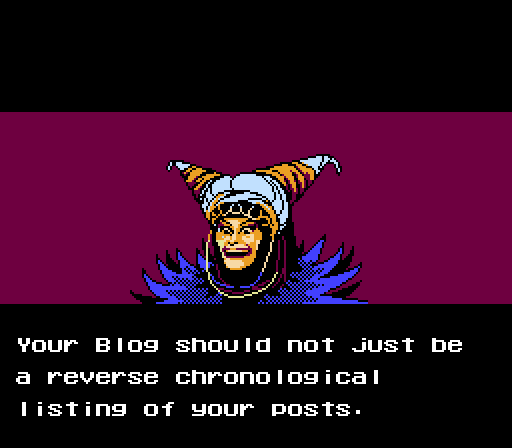“ In the beginning the Universe was created. This has made a lot of people very angry and been widely regarded as a bad move.” – Douglas Adams, Hitchhiker’s Guide to the Galaxy
We’re spoiled. There were huge risks, and absolute unknowns when it came to advertising in the last century, and I think that the absolute glut of marketing information at the fingertips of anyone heading the charge for a digital marketing campaign is unprecedented but also very daunting.
How do we find anything of use in the vast amount of data available?
We Make Content FOR Humans
The first step is to keep an eye on the northstar, the reason why you’re creating content in the first place. SEO is fascinating, because you can lose your way, trying to get pages to rank for particular keyword phrases. You need to remember that as part of your marketing effort, you’re creating content to create not just rank. You’re not creating content just to get traffic and visitors. You’re aiming to get those visitors sent by search engines to trust you enough to buy your product, your software or your service.
If you’re a non-profit organization, this isn’t actually a guarantee you don’t have a revenue goal. Many organizations sell products or services or need to generate donations. Additionally, grant money and donors often set goals of specific reach or awareness metrics being met to continue their funding, and that’s just “profit” with extra steps added, right?
So you can’t just “do keyword research”, you need to have a process that has awareness of your goal from the outset.
TLDR; make content by humans for humans
Get valuable keywords from customer support, sales & customers
I’d worked with a company that had written all of their content, their materials, and promotion focused on “invisible aligners”. They had a consistent support question though: “Do you just do aligners or do you also have invisible braces”.
It turns out that customers were confused, and didn’t know if invisible braces and invisible aligners were the same.
Of course, an added benefit of “re-aligning” all of their sales material, is that there was a boatload more traffic for invisible braces.
You should augment any data you get from keyword research tools with actual conversations with people in various positions in your company, they’re going to provide unique angles and understanding that can help unlock improvements in your marketing outcomes. If your article ends up reducing the number of support tickets, that reduces your operational costs, and increases your company’s profitability. Here’s some positions and people you should approach to supplement your keyword research process:
- Customer service team
- Customer service manager
- Front desk
- Sales reps
- Sales manager
- Product manager
- Product marketing manager
- Actual paying client/customer
- Former client/customer
Use Google Search Itself As A Keyword Research Tool: To understand HUMAN INTENT
You may be unaware that a term or phrase that is “common parlance” or a familiar term might actually have a second meaning for people outside of your industry. You might be “sharing traffic” for another type of product or service altogether. So if you’re just sorting your keyword research by “highest search volume”, then you might end up with a target that has more competition, and less value for you than you initially thought.
You need to understand the INTENT of people searching for a term or phrase, so you can best position the right TYPE of content to align with that intent, and to compete in search results.
If you do a simple Google result, and you get a SERP that has these type of filter elements built into the search results, then you should understand that term or phrase is heavily aligned with eCommerce purchases and so building a 4,000 word essay for that term would be misguided.
You might have a query like “car charger”, where a product that charges a car battery is in the same search result as a charger for devices inside the car.
The organic results may products to charge in their car, but there’s also results for people who need a product to charge their car.
Sometimes you get new trends or subjects that can displace or confuse particular terms and phrases.
Revisit Keywords & Content With The Customer’s INTENT In Mind
Here’s how to apply what you find after reviewing Google SERPs and talking to real humans about your product and services. Review your discovered keywords and start to sort, group, categorize and notate
- Add a column and add a number representing “Likelihood to buy”
- I use a scale of 1-6
- 6 is they have a credit card/cash in hand
- 5 Common topics or questions that usually lead to a sale, and solidly relevant to your specific product or service
- 4 General topics of interest to your target audience, not neccesarily about your product or service specifically though
- Topical content that mismatches and is disconnected entirely with your product or service and audience.
- 2 Competitor specific terms, products, brand names, entities
- 1 Mismatch, Mispellings, alternate intent, non-sequitors, negative or “no-Go” phrases/concepts, not legally permissible
- I use a scale of 1-6
- Add a column and identify if the keyword is good for service pages or topical content
- Add a column & make a group for distinct intents, notes about weirdness in SERPS or relevant concepts
- Add a column for what content type or approach would make sense: Video, podcast, article, guide, masterclass, tutorial, roundup, interview, data-centric, etc.


